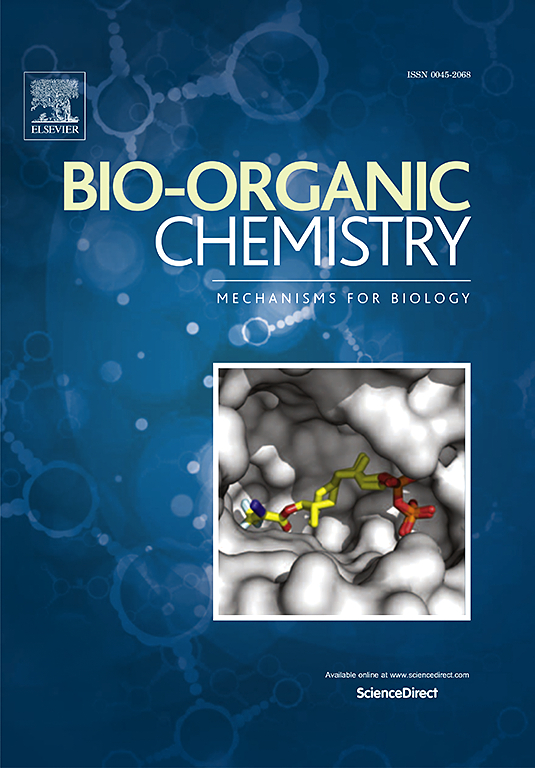Semi-rational engineering of a novel halohydrin dehalogenase from Sneathiella limimaris for the enantioselective synthesis of (S)-5-phenoxymethyl-2-oxazolidinone
IF 4.5
2区 医学
Q1 BIOCHEMISTRY & MOLECULAR BIOLOGY
引用次数: 0
Abstract
Enantiomerically pure 2-oxazolidinones are widely used as chiral auxiliaries in organic synthesis, but there is an unmet need for more effective methods to access these compounds. Here we report the identification and semi-rational engineering of the halohydrin dehalogenase SlHHDH from Sneathiella limimaris for the highly enantioselective ring-opening of phenyl glycidyl ether (PGE) with cyanate to yield (S)-5-phenoxymethyl-2-oxazolidinone. After single and combinatorial mutagenesis, the best enantioselective triple mutant, F15W/A137T/N179L achieved an enantioselectivity of 97 %, with an E value of 154. In addition, it could accept a wider range of PGEs to generate corresponding (S)-5-phenoxymethyl-2-oxazolidinones, whereby the product ee values increased from less than 5 % in wild-type SlHHDH to between 81 and 96 % in the triple mutant. Structural analysis of SlHHDH and mutant F15W/A137T/N179L in complex with the substrate PGE showed that changes of the substrate-binding pocket in the mutant position R-PGE farther from the catalytic residues, which may explain the enhanced enantioselectivity. This mutant has great potential as a biocatalyst for the first synthesis of chiral (S)-5-phenoxymethyl-2-oxazolidinones.

求助全文
约1分钟内获得全文
求助全文
来源期刊

Bioorganic Chemistry
生物-生化与分子生物学
CiteScore
9.70
自引率
3.90%
发文量
679
审稿时长
31 days
期刊介绍:
Bioorganic Chemistry publishes research that addresses biological questions at the molecular level, using organic chemistry and principles of physical organic chemistry. The scope of the journal covers a range of topics at the organic chemistry-biology interface, including: enzyme catalysis, biotransformation and enzyme inhibition; nucleic acids chemistry; medicinal chemistry; natural product chemistry, natural product synthesis and natural product biosynthesis; antimicrobial agents; lipid and peptide chemistry; biophysical chemistry; biological probes; bio-orthogonal chemistry and biomimetic chemistry.
For manuscripts dealing with synthetic bioactive compounds, the Journal requires that the molecular target of the compounds described must be known, and must be demonstrated experimentally in the manuscript. For studies involving natural products, if the molecular target is unknown, some data beyond simple cell-based toxicity studies to provide insight into the mechanism of action is required. Studies supported by molecular docking are welcome, but must be supported by experimental data. The Journal does not consider manuscripts that are purely theoretical or computational in nature.
The Journal publishes regular articles, short communications and reviews. Reviews are normally invited by Editors or Editorial Board members. Authors of unsolicited reviews should first contact an Editor or Editorial Board member to determine whether the proposed article is within the scope of the Journal.
 求助内容:
求助内容: 应助结果提醒方式:
应助结果提醒方式:


